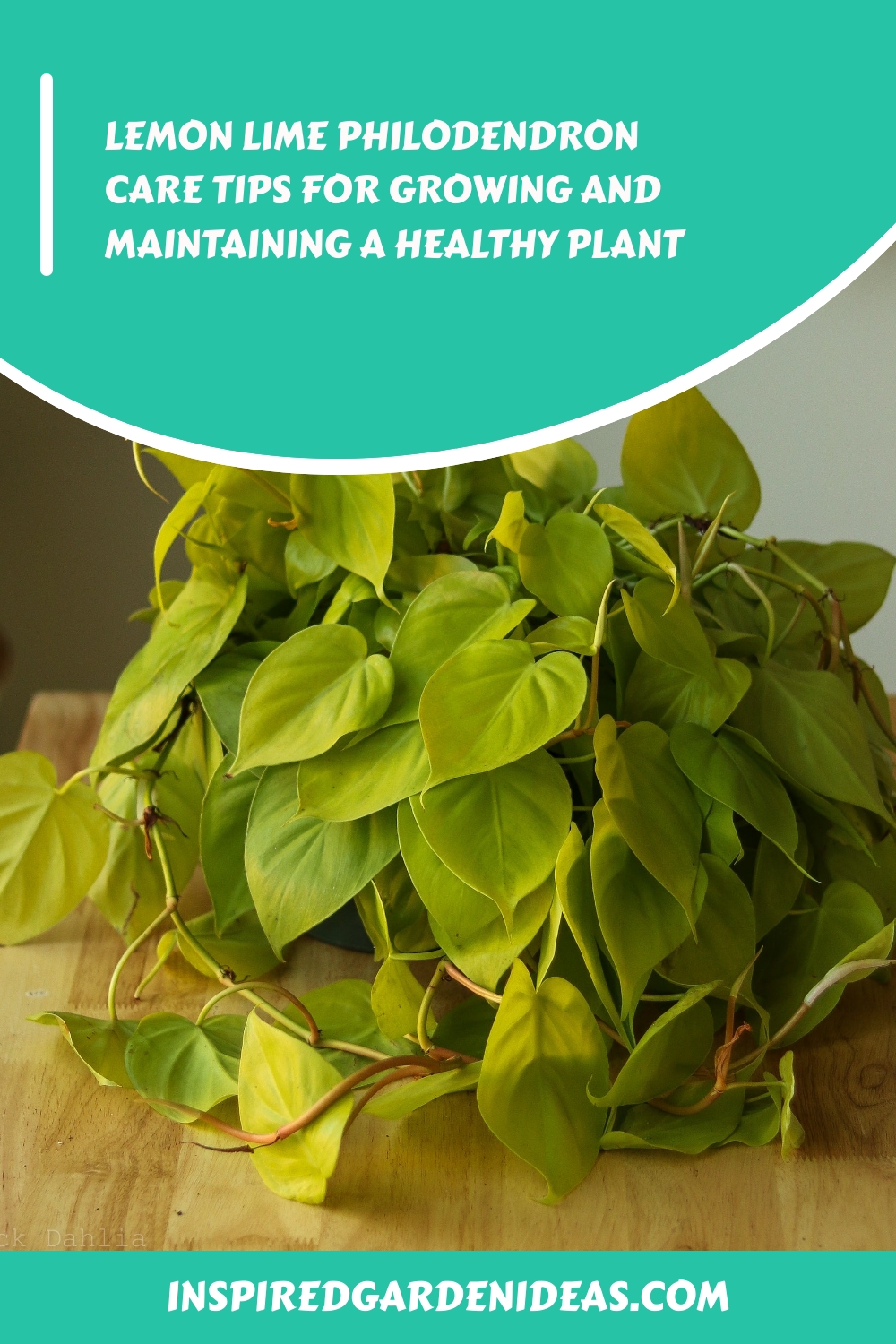Philodendrons are a genus of flowering plants in the family Araceae, native to tropical regions of the Americas lemon lime philodendron care. They are popular houseplants due to their beautiful foliage and low-maintenance care. Among the various types of philodendrons, the lemon lime philodendron stands out with its vibrant green and yellow leaves, making it a great addition to any indoor space.

The lemon lime philodendron, also known as Philodendron hederaceum ‘Lemon Lime’, is a hybrid variety that was developed from the heartleaf philodendron. It is a climbing plant that can grow up to 3-6 feet tall, making it perfect for hanging baskets or trained to climb on a support structure. Its leaves are heart-shaped and have a glossy texture, with bright green coloration on the top and a striking lemon-lime hue on the underside.
Caring for a lemon lime philodendron is relatively easy, but it requires some basic knowledge and attention to ensure its optimal growth and health. In this article, we will discuss everything you need to know about caring for a lemon lime philodendron, from choosing the right potting mix to troubleshooting common problems.
- Choosing the Right Potting Mix The first step in caring for a lemon lime philodendron is selecting the right potting mix. These plants prefer well-draining soil that is rich in organic matter. A good potting mix for a lemon lime philodendron should consist of peat moss, perlite, and vermiculite in equal parts. This mix provides good drainage while retaining enough moisture for the plant’s roots to thrive.
- Watering Proper watering is crucial for the health of a lemon lime philodendron. These plants prefer consistently moist soil, but they do not like to sit in waterlogged soil. Overwatering can lead to root rot, while underwatering can cause the leaves to wilt and turn yellow. The best way to water a lemon lime philodendron is to wait until the top inch of soil is dry before watering thoroughly. It is also essential to ensure that the pot has proper drainage holes to prevent water from accumulating at the bottom.
- Light Requirements Lemon lime philodendrons thrive in bright, indirect light. They can tolerate lower light conditions, but their growth may slow down, and the color of their leaves may fade. Avoid placing them in direct sunlight as it can scorch their leaves. A good spot for a lemon lime philodendron would be near a window with sheer curtains or in a well-lit room.
- Temperature and Humidity These plants prefer warm and humid environments, similar to their native tropical habitats. They do well in temperatures between 65-80°F (18-27°C). Lower temperatures can cause their growth to slow down, and they may become more susceptible to pests and diseases. To increase humidity, you can place the plant on a tray filled with pebbles and water or use a humidifier.
- Fertilizing Fertilizing is not necessary for a lemon lime philodendron, but it can help promote healthy growth and vibrant foliage. You can use a balanced liquid fertilizer once a month during the growing season (spring and summer). Be sure to dilute the fertilizer to half strength to avoid burning the plant’s roots.

- Pruning Pruning is an essential aspect of caring for a lemon lime philodendron. Regular pruning helps maintain the plant’s shape and encourages new growth. You can remove any yellow or damaged leaves, as well as trim back any leggy stems to promote bushier growth. You can also propagate new plants from stem cuttings taken during pruning.
- Common Problems and Troubleshooting Like all plants, lemon lime philodendrons can face some common problems that may affect their growth and health. Here are some of the most common issues and how to troubleshoot them:
- Yellowing leaves: This can be caused by overwatering, underwatering, or lack of nutrients. Check the soil moisture and adjust your watering schedule accordingly. If the plant is not getting enough nutrients, you can fertilize it with a balanced liquid fertilizer.
- Brown tips on leaves: This can be a sign of low humidity or overfertilizing. Increase humidity levels by misting the plant or using a humidifier. If you have been fertilizing regularly, reduce the frequency or dilute the fertilizer further.
- Pests: Lemon lime philodendrons are relatively pest-resistant, but they can still attract pests like mealybugs, spider mites, and aphids. Regularly check your plant for any signs of pests and treat them with an organic insecticidal soap if necessary.
In conclusion, the lemon lime philodendron is a beautiful and easy-to-care-for houseplant that can add a pop of color to any indoor space. By following these care tips and troubleshooting common problems, you can ensure that your lemon lime philodendron thrives and remains a stunning addition to your home.
Choosing the Right Potting Mix For Your Lemon Lime Philodendron
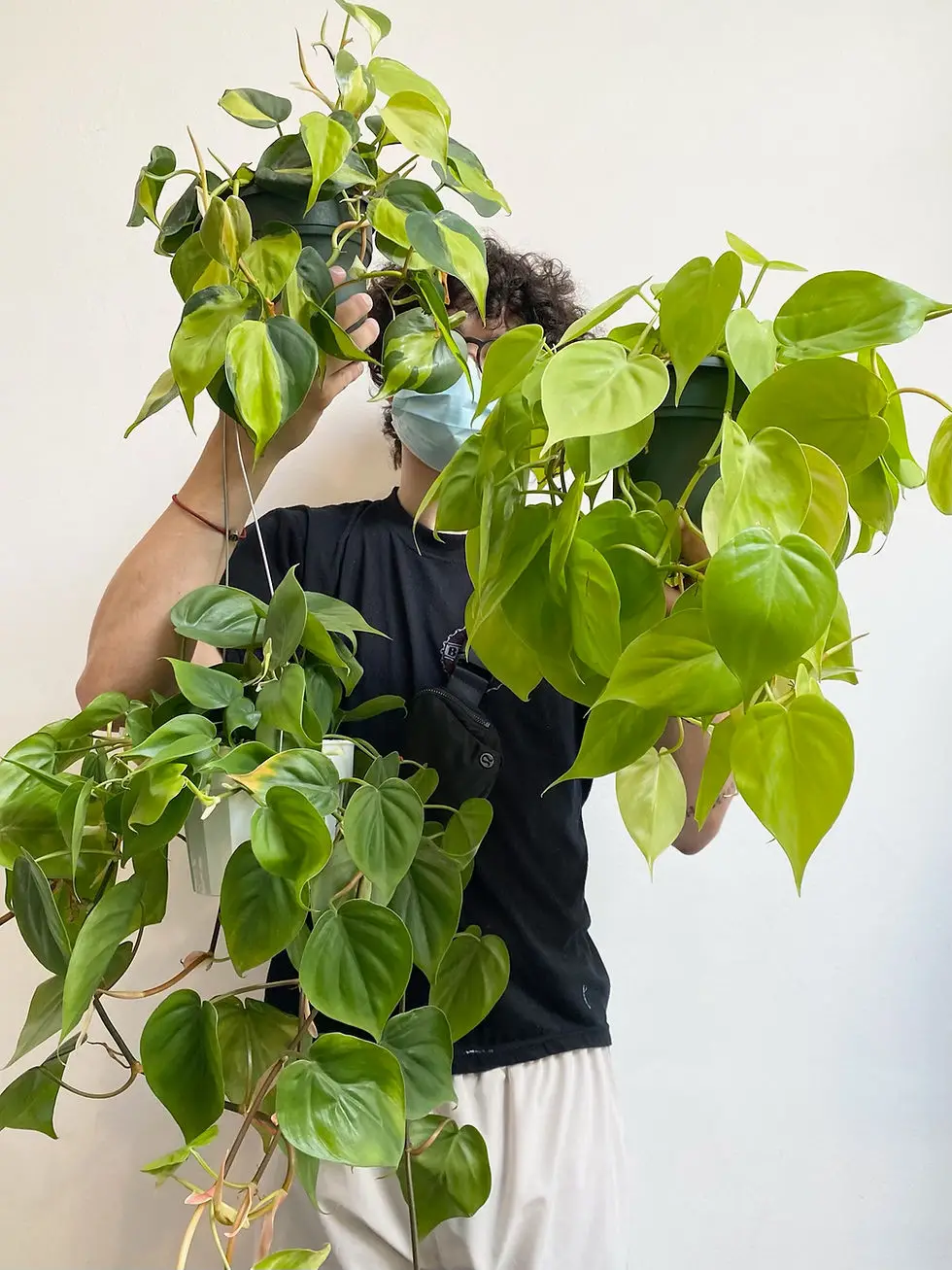
The first step towards successful lemon lime philodendron care is selecting the right potting mix. A good potting mix should be well-draining and provide adequate nutrients for the plant. Here are some options to consider:
1. Commercial Potting Mix
Commercial potting mixes are readily available in most gardening stores and are an easy option for those who prefer convenience. Look for a mix that is specifically formulated for houseplants or tropical plants, as these will have the right balance of nutrients for your philodendron.
Tip: If you can’t find a potting mix specifically for tropical plants, look for one that contains peat moss, perlite, and vermiculite, as these ingredients provide good drainage and moisture retention for philodendrons.
2. DIY Potting Mix
If you prefer a more hands-on approach, you can create your own potting mix using a combination of ingredients. Mix equal parts of peat moss, perlite, and vermiculite, and add some compost or fertilizer for extra nutrients. This mix will provide good drainage and aeration for your lemon lime philodendron.
Tip: You can also add some sphagnum moss to your potting mix, as it helps retain moisture and provides a good environment for root growth.
Watering Your Lemon Lime Philodendron
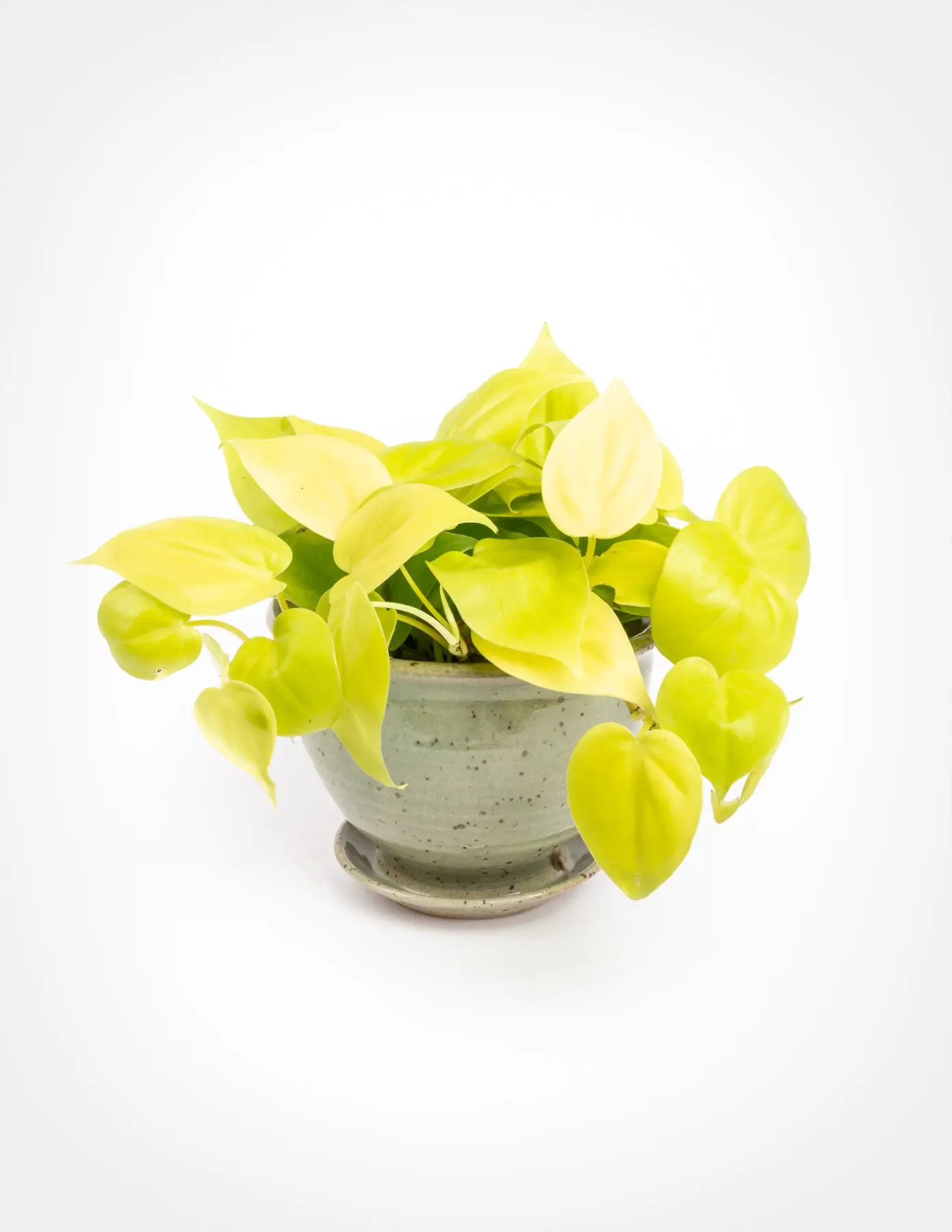
Proper watering is crucial for the health of your lemon lime philodendron. Overwatering or underwatering can lead to various problems, such as root rot and wilting leaves. Here’s how to water your philodendron correctly:
1. Water Thoroughly
When watering your philodendron, make sure to water thoroughly until water comes out of the drainage holes. This ensures that the entire root system is hydrated.
Tip: If you have a large pot or your plant is situated in a spot with low humidity, you may need to water more often.
2. Allow Soil to Dry Out Between Waterings
Like most houseplants, philodendrons prefer soil that is slightly moist but not constantly wet. So, allow the top inch of soil to dry out before watering again. Stick your finger into the soil to check its moisture level, and water when it feels dry.
3. Use Room Temperature Water
Always use room temperature water when watering your lemon lime philodendron. Cold water can shock the plant’s roots and cause damage.
Fertilizing Your Lemon Lime Philodendron
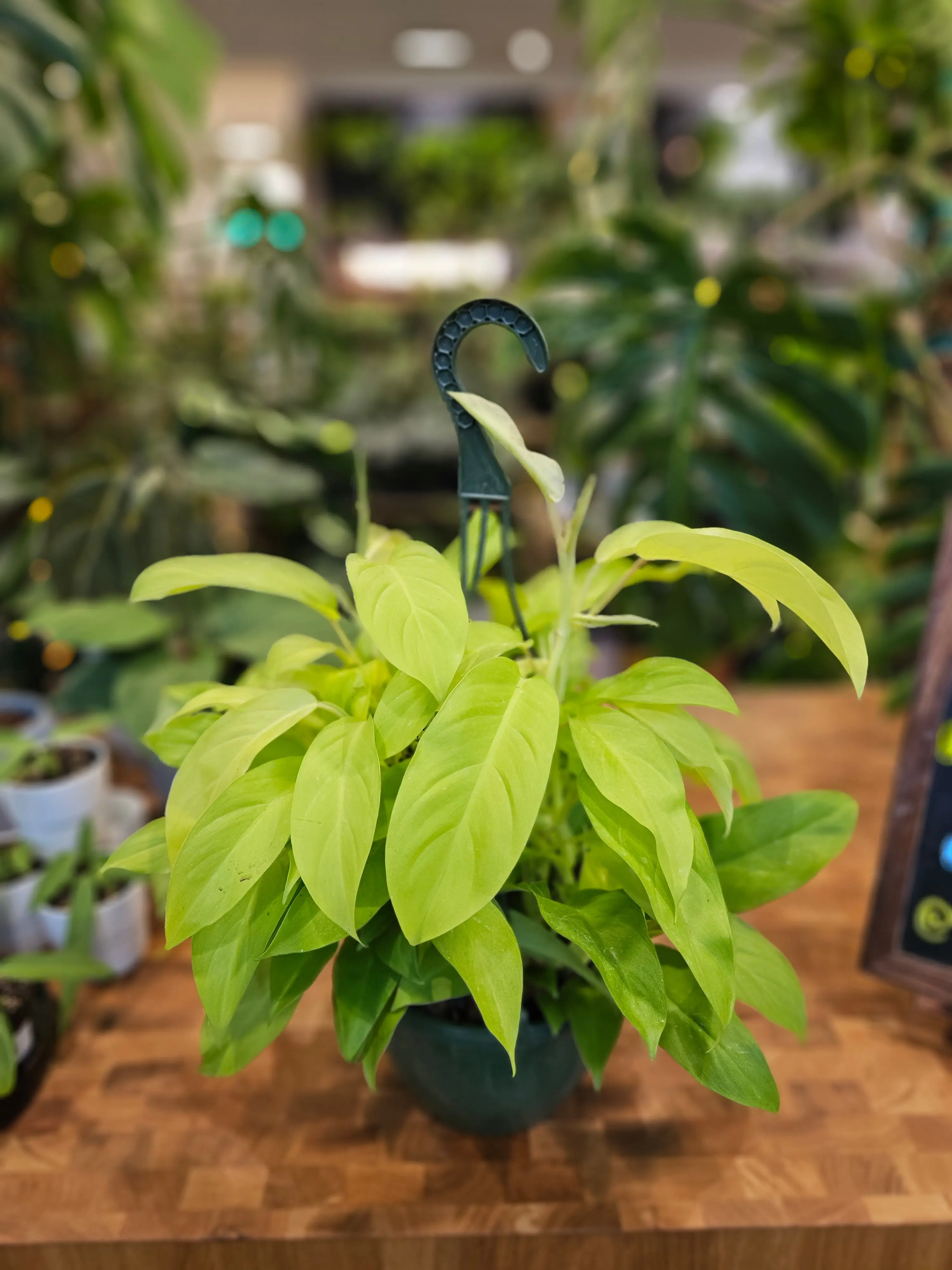
Fertilizing helps provide your philodendron with the necessary nutrients to grow and thrive. However, too much fertilizer can harm your plant, so it’s essential to follow the instructions on the fertilizer packaging. Here are some tips for fertilizing your lemon lime philodendron:
1. Use a Balanced Fertilizer
A balanced fertilizer, such as a 10-10-10 NPK formula, is suitable for lemon lime philodendrons. This means the fertilizer contains equal amounts of nitrogen, phosphorus, and potassium, which are essential for plant growth.
2. Fertilize During the Growing Season
During the growing season, which is typically from spring to summer, you can fertilize your philodendron once a month. This will provide enough nutrients for healthy growth. In the winter months, when the plant is not actively growing, you can cut back on fertilizing or stop altogether.
3. Dilute Your Fertilizer
Always dilute your fertilizer with water before applying it to your philodendron. This helps prevent chemical burns to the plant’s roots and ensures proper distribution of nutrients.
Troubleshooting Common Problems With Lemon Lime Philodendrons
Even with proper care, your lemon lime philodendron may encounter some issues. Here are some common problems and how to solve them:
1. Yellow Leaves
Yellowing leaves can be a sign of overwatering. Make sure to allow the soil to dry out between waterings and check for proper drainage in your pot.
2. Wilting Leaves
Wilting leaves can indicate both overwatering and underwatering. Check the soil moisture level and adjust your watering schedule accordingly.
3. Pests
Pests, such as spider mites and mealybugs, can sometimes infest philodendrons. To control these pests, wipe down the leaves with a mixture of water and mild soap, or use a horticultural oil spray.
Tip: Always check new plants for pests before bringing them indoors to avoid infesting your existing plants.
FAQs About Lemon Lime Philodendron Care
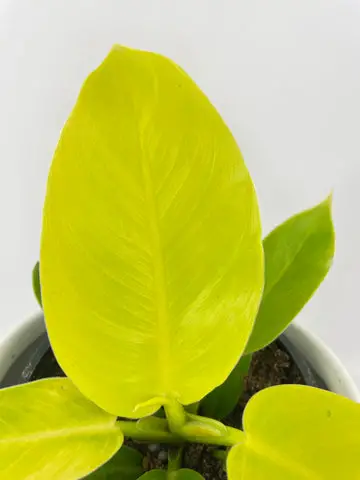
Q1. Can I grow my lemon lime philodendron outdoors?
A: Yes, lemon lime philodendrons can be grown outdoors in areas with warm and humid climates. They prefer partial shade and well-draining soil.
Q2. Why are the leaves on my philodendron turning brown?
A: Brown leaves can indicate a few different issues, such as over-fertilizing, underwatering, or too much direct sunlight. Check your watering and fertilizing habits, and move the plant to a spot with indirect sunlight.
Q3. How do I propagate my lemon lime philodendron?
A: The easiest way to propagate a lemon lime philodendron is through stem cuttings. Cut a stem just below a node, and place it in a jar of water or directly into moist soil. Keep the cutting in a warm and humid environment until new growth appears.
Q4. Can I prune my lemon lime philodendron?
A: Yes, you can prune your philodendron to control its size and shape. Use clean and sharp pruning shears to make clean cuts, and remove any dead or yellowing leaves to promote healthy growth.
Q5. Is the lemon lime philodendron toxic to pets?
A: Yes, like most philodendrons, the lemon lime variety is toxic to pets if ingested. Keep your plant out of reach of curious pets, and seek veterinary care if your pet shows symptoms of poisoning.
Conclusion
The lemon lime philodendron is a stunning and relatively low-maintenance houseplant that can add a pop of color to any indoor space. By choosing the right potting mix, watering and fertilizing correctly, and troubleshooting common problems, you can ensure your philodendron stays happy and healthy. With proper care, your lemon lime philodendron will thrive and bring joy to your home for years to come.


